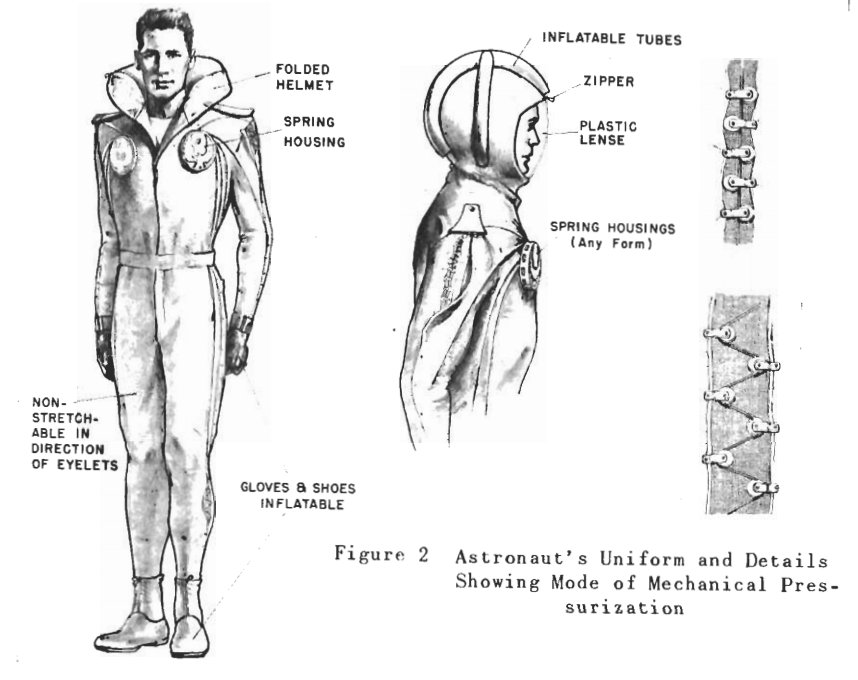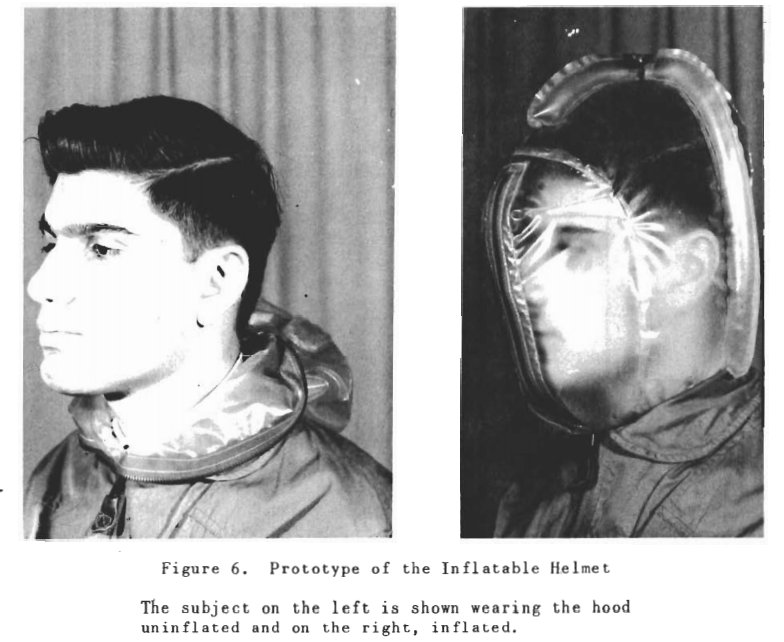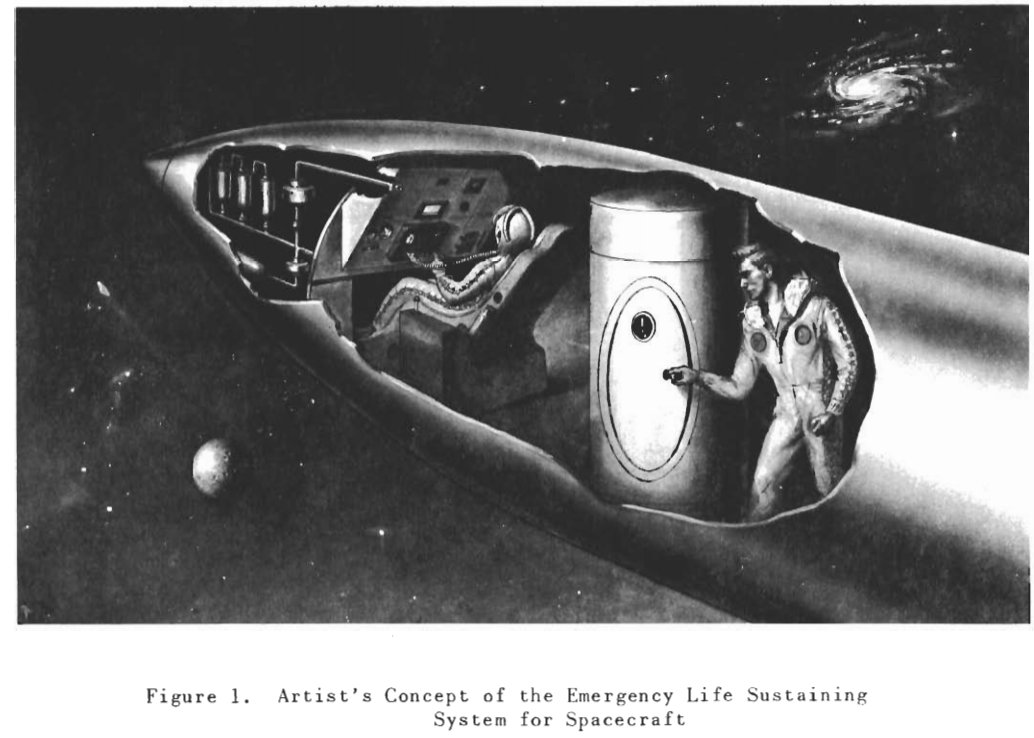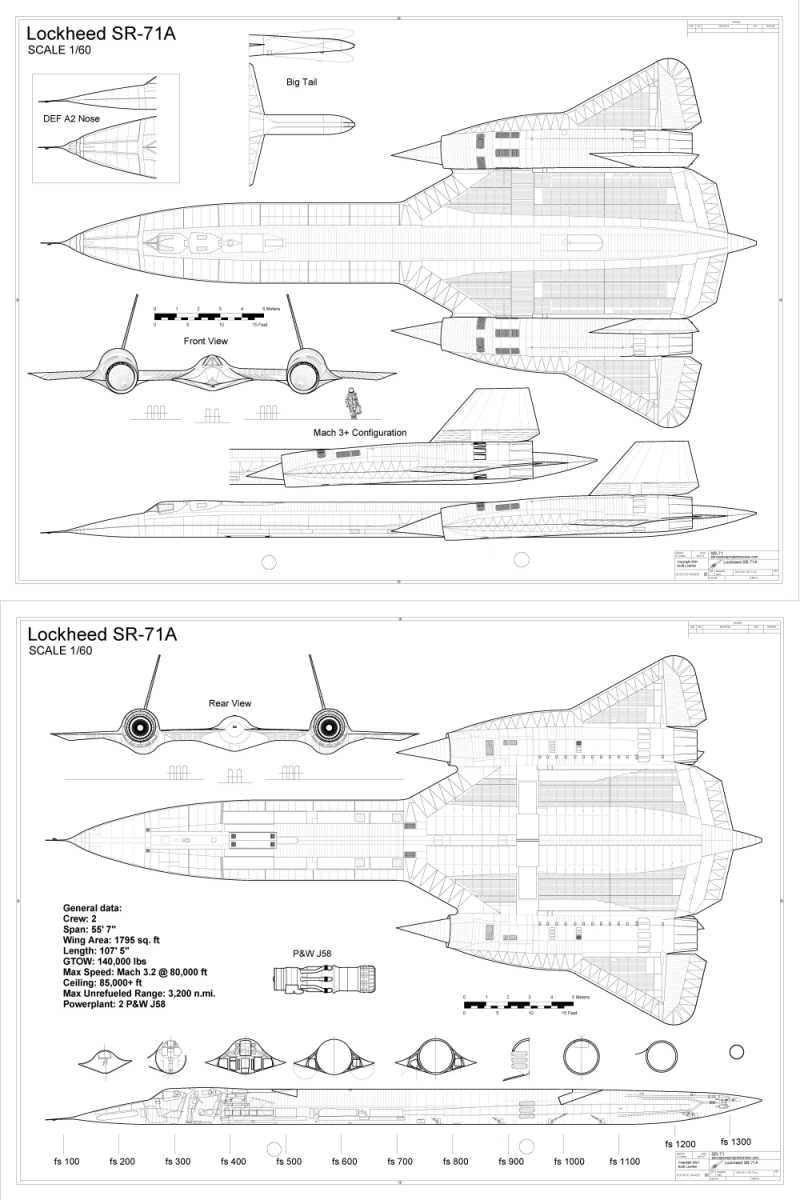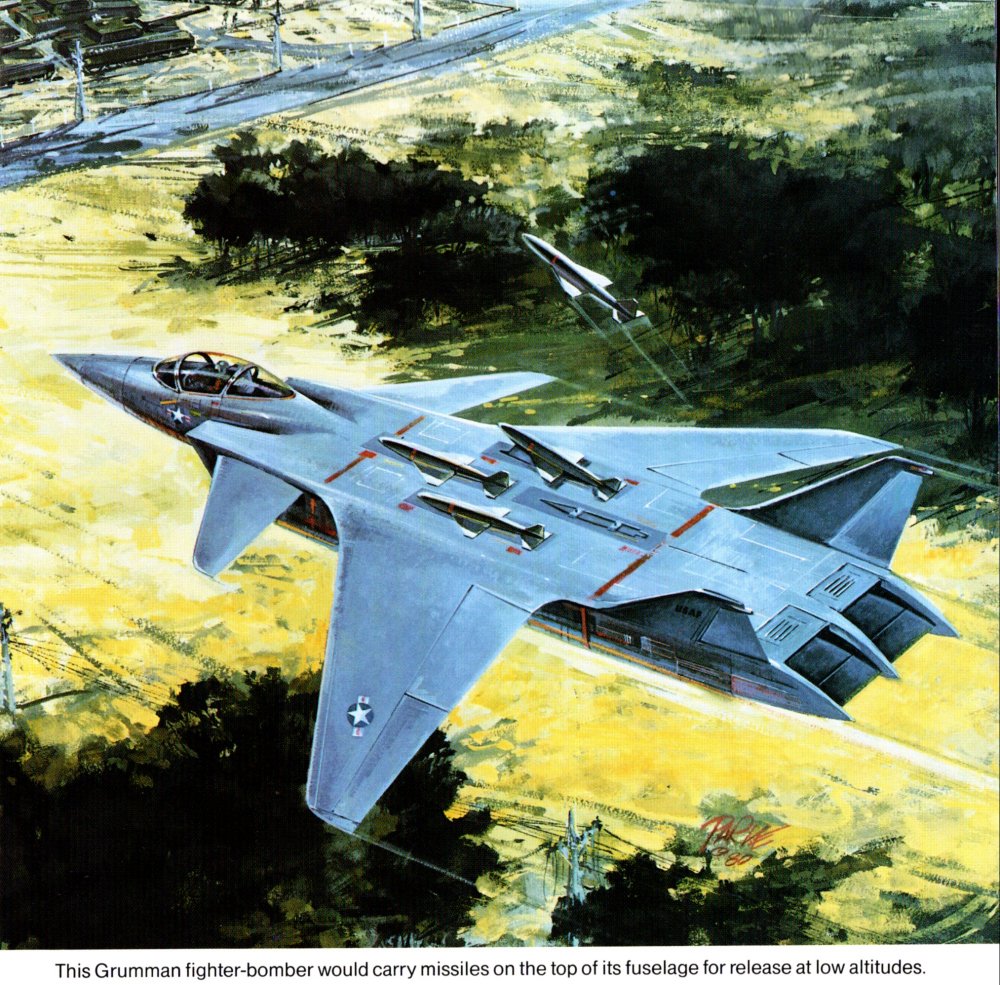The German V-1 “Buzz Bomb” was a relatively simple weapon, and one that a sufficient number were found sufficiently intact that the Allies were able to reverse engineer. In the US, copies of the V-1 were built by Republic Aviation by September of 1944 as the Jet Bomb-2 “Loon.” The V-1 was found to be a crude weapons, inaccurate and not particularly spectacular… but it was cheap and unmanned. In late 1944 the US was staring down the barrel of Operation Downfall, the forthcoming invasion of Japan. Nobody was quite sure how that was going to go; the only thing the expert were sure of was that it would be a bloodbath. So a stand-off weapon that could be launched in *vast* numbers to saturation-bomb Japanese targets while putting approximately zero American lives in harms way? It was an easy sale.
The JB-2 was externally nearly identical to the V-1 but had an active guidance system, theoretically making it more accurate than the fairly dumb V-1. But even with a radar-based guidance system the JB-2 was meant to be built in large numbers… the goal of 1,000 units per month by April, 1945. However, by the end of the war only a little over 1,300 had been built. Exactly how to use the JB-2 does not seem to have been nailed down; one reasonable notion was to use it as a “harassment” weapon: on days when cloud cover negated manned bombing missions, the Japanese might be expected to be scurrying around rebuilding and reprovisioning and generally getting stuff done… and then here come the buzz bombs.
Problem was, simple as the V-1 was, getting the thing to work right was not so simple. Testing of the JB-2 continued to about 1950, by which time it was woefully obsolete and was being used as an aerial target. But early on, simply getting the thing into the air, never mind flying stably, was a chore.
